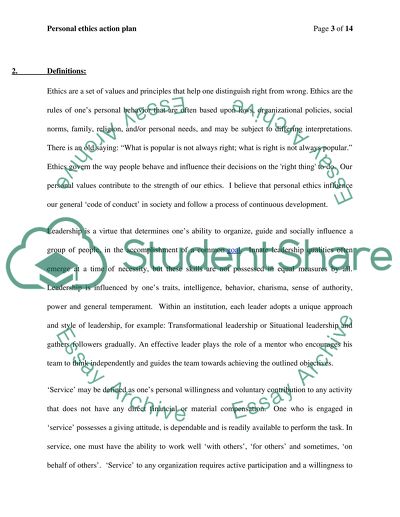Cite this document
(Personal Ethics - Sexual Harassment in Corporate Workplace Case Study, n.d.)
Personal Ethics - Sexual Harassment in Corporate Workplace Case Study. Retrieved from https://studentshare.org/human-resources/1474965-personal-ethics-action-plan
Personal Ethics - Sexual Harassment in Corporate Workplace Case Study. Retrieved from https://studentshare.org/human-resources/1474965-personal-ethics-action-plan
(Personal Ethics - Sexual Harassment in Corporate Workplace Case Study)
Personal Ethics - Sexual Harassment in Corporate Workplace Case Study. https://studentshare.org/human-resources/1474965-personal-ethics-action-plan.
Personal Ethics - Sexual Harassment in Corporate Workplace Case Study. https://studentshare.org/human-resources/1474965-personal-ethics-action-plan.
“Personal Ethics - Sexual Harassment in Corporate Workplace Case Study”, n.d. https://studentshare.org/human-resources/1474965-personal-ethics-action-plan.


